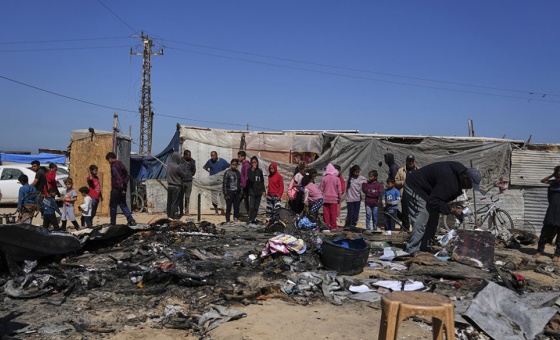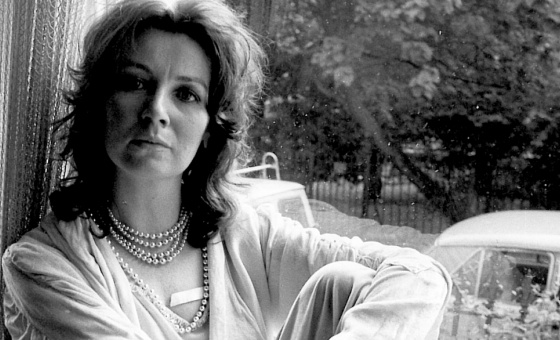This is the last article you can read this month
You can read more article this month
You can read more articles this month
Sorry your limit is up for this month
Reset on:
Please help support the Morning Star by subscribing here
THE fascist-inspired riots of early August raised again the question of how protest occurs and what form it takes.
Some Tory leadership contenders made entirely specious comparisons with the huge and peaceful marches on Gaza that have taken place since October 2023.
Two entirely different things were being conflated but historically that wasn’t always the case. Until the last years of the 18th century, a riot was the most common and most frequent form of protest.
Before trade unions and working-class political organisations had developed there existed, for example, collective bargaining by riot. An employer would be besieged by workers until they addressed wage demands.
Food riots often around the price of bread were both organised and had an element of progressive politics to them. They were, as the historian of riots and crowds George Rude argued, a sign of a working class beginning to develop its own independent politics free from middle-class influence.
EP Thompson in The Making of the English Working Class refers specifically to reactionary “Church and King” mobs.
“Church and King” was one of the main slogans of gangs of loyalists who opposed supporters of democratic politics — Corresponding Societies — and the French Revolution in the last period of the 18th and the first period of the 19th century. Other slogans focused on Tom Paine, the author of the Rights of Man.
The gangs could range in size up to hundreds on occasion. They were inevitably fuelled by drink and they were violent. Homes of reformers were attacked as were meetings in pubs. In most cases the police and magistrates who supported them did nothing. The aim was to disrupt, terrify and destroy radical organisation.
The Birmingham riots of 1791 saw organised mobs targeting and destroying the houses of radical dissenters such as Joseph Priestley.
The magistrates again did nothing and even when, eventually, the army was called in few arrests were made. Those who stood trial for riot were not those who had encouraged the mob, nor those who had directed it. Rather it was a few people whose criminality was already known. The pattern has tended to repeat itself.
Where the early labour movement and radicalism were stronger, as Thompson noted of London, Church and King mobs were less effective.
One did operate in the Gordon Riot in 1780 in central London. Encouraged by authority the mob targeted the houses of religious dissenters. However, it moved on to free prisoners at Newgate and then marched on the Bank of England. The army was called out.
They were however still a mob, not a democratic crowd. Their opinions were formed by picking up on the reactionary prejudices of those in power and they were sometimes financed by authority too.
By the early 19th century mobs with grievances against employers and the authorities had begun to develop their own ideas and the process of the democratic crowd developed. Suffice it to say the crowd worried the state a lot more than the reactionary mob.
Hence when 60,000 people gathered to demand the vote in central Manchester 205 years ago on 16th August 1819 a decision was made to disperse the crowd. The result is known as the Peterloo Massacre, with many dead and injured.
As someone who was present, Samuel Bamford noted protesters fled the scene but then regrouped and marched back together to their local towns, retaining their banners flying. It was not a mob but a peaceful democratic crowd.
The principle and practice remains. On August 7 2024 faced with the prospect of far-right mobs and potential riots across England crowds supported a call to come out on the streets and peacefully prevent them.
Follow Keith Flett on X @kmflett.







